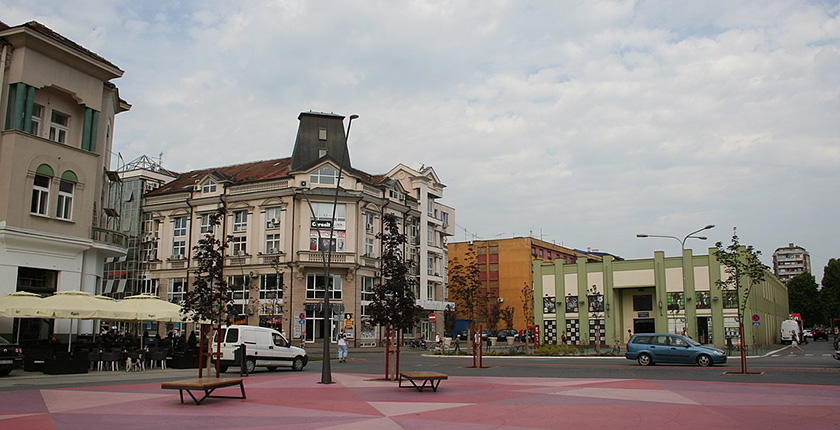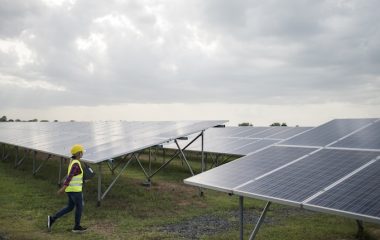
Photo: By Ванилица - Own work, CC BY-SA 4.0, https://commons.wikimedia.org/w/index.php?curid=50333685
The district heating system in the city of Šabac is to be supplied from a 20 MW biomass plant, said the city’s energy manager Slobodan Jerotić for BGEN. Biomass will replace natural gas, which is three to four times more expensive.
The project will be realized as a public-private partnership. District heating company Toplane Šabac will receive thermal energy from the biomass fueled plant that will be constructed by a private partner. The partner will be in charge of fuel supply logistics. The City estimated the project’s cost at EUR 5 million, which is to be invested by the private partner, according to the city officials.
“We will let the partner choose whether it will build only a heating plant or a CHP plant, the latter one being considerably more expensive. However, the city will be buying only heating energy”, Jerotić said.
The tender is planned for July 1 and the process of searching for the partner has already started. The European Bank for Reconstruction and Development (EBRD) is hiring consultants to officially estimate the cost of investment. After that, interviews will be conducted with potential partners.
“We have already spoke with 12 companies, mostly from Europe but also local ones, that are interested in entering a partnership with the city. They will be interviewed by the EBRD consultants”, said the City’s energy manager.
The plant should become operational on October 1, 2018. According to Jerotić, it is difficult to say how much the heating costs will decrease, but this will certainly happen as biomass is much cheaper than natural gas.
According to a study from GIZ, there is 50,000 tons of available biomass within 25 kilometers from the center of Šabac. The plant would consume 14,000 tons annually. If need arises, derelict land could be used to grow energy crops, while farmers could produce biomass on the city-owned land.
The utilization of renewable energy sources in Serbia has had rather modest trend during recent years. Huge biomass potential to generate heating and electrical energy is still far from being exploited. Also, agro-biomass in the entire Western Balkans is underutilized compared to wood biomass.


















Be the first one to comment on this article.